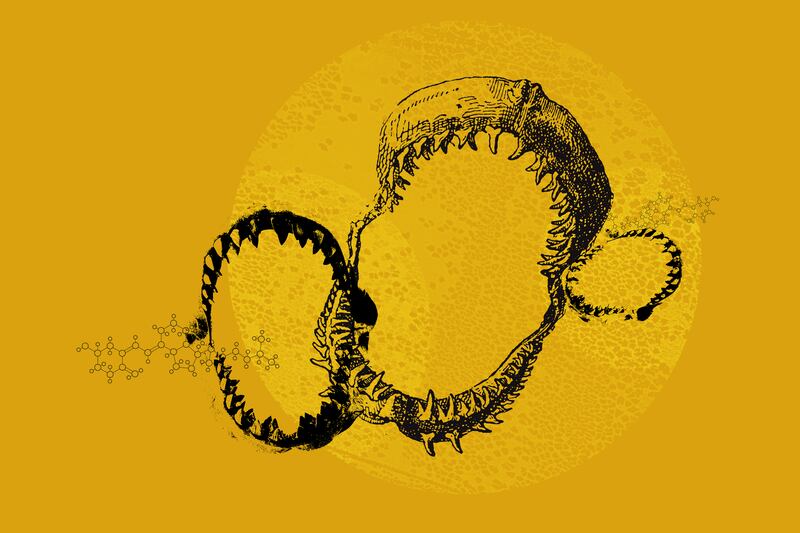As COVID-19 variants have evolved, so have the symptoms and the appropriate treatment. Instead of loss of smell being indicative of a COVID-19 infection, the most common and most severe symptom now is a sore throat.
Unlike the delta variant, omicron does not attack the lower respiratory tract, as I previously reported for the Deseret News.
Currently, omicron subvariant BA.5 makes up 87.1% of cases, while BA.4 and BA.4.6 make up 6.6% and 4.8% of new infections, respectively.
How to treat an omicron sore throat
According to The New York Times, experts recommend following these tips to soothe a sore throat:
- Staying hydrated. (You can substitute water for drinks like Gatorade.)
- Gargling with salt water every few hours.
- Consuming topical anesthetics, like lozenges or cough drops, to numb the throat.
- Resting.
What are the top omicron symptoms to look out for?
As I previously reported, omicron subvariants have a shorter incubation period, which is why the symptoms may appear earlier.
The most common omicron-related symptoms are:
- Cough.
- Fatigue.
- Congestion.
- Runny nose.
What are other variants of concern?
Other variants of concern are BA.4, BA.2 and BA.2.12.1. The Centers for Disease Control and Prevention also lists BA.1.1.529 and BA.1.1 in that category, even though they make up 0% of cases.
The newest one to join the ranks is BA.4.6. The new subvariant is already prevalent in four states — Iowa, Kansas, Missouri and Nebraska — which are seeing the highest BA.4.6 proportions, with up to 13.2% of sequenced specimens.
Is it easier to get reinfected with the new omicron subvariants?
The newer subvariants have the ability to evade immunity from vaccines or prior infections, or both, per the Deseret News.
Since BA.4 and BA.5 have become the dominant strains, Dr. Wesley Long, an experimental pathologist at Houston Methodist Hospital, told CNN that he has seen cases of reinfection.
“I have seen some cases of reinfection with people who had a BA.2 variant in the last few months,” he added. While vaccine immunity helps lower the severity of infection, it doesn’t offer complete protection.


